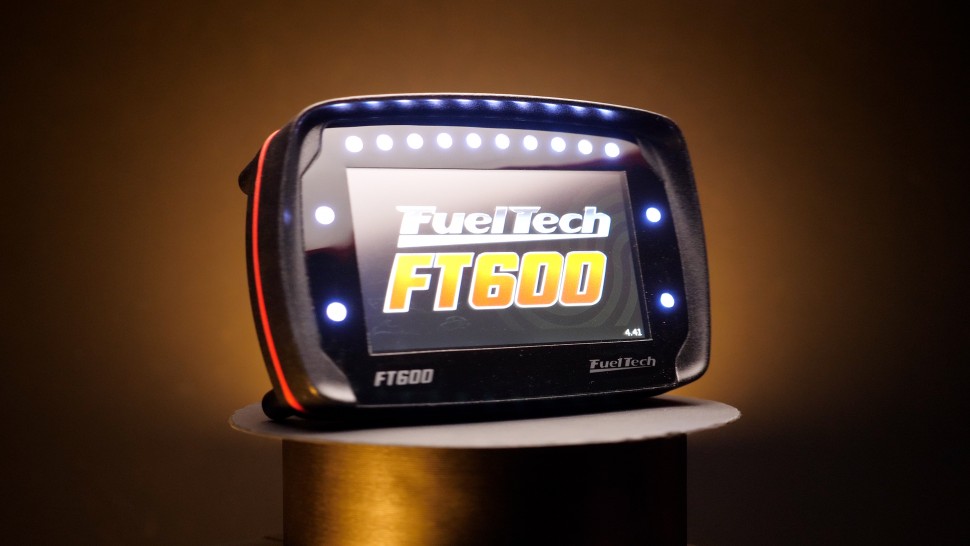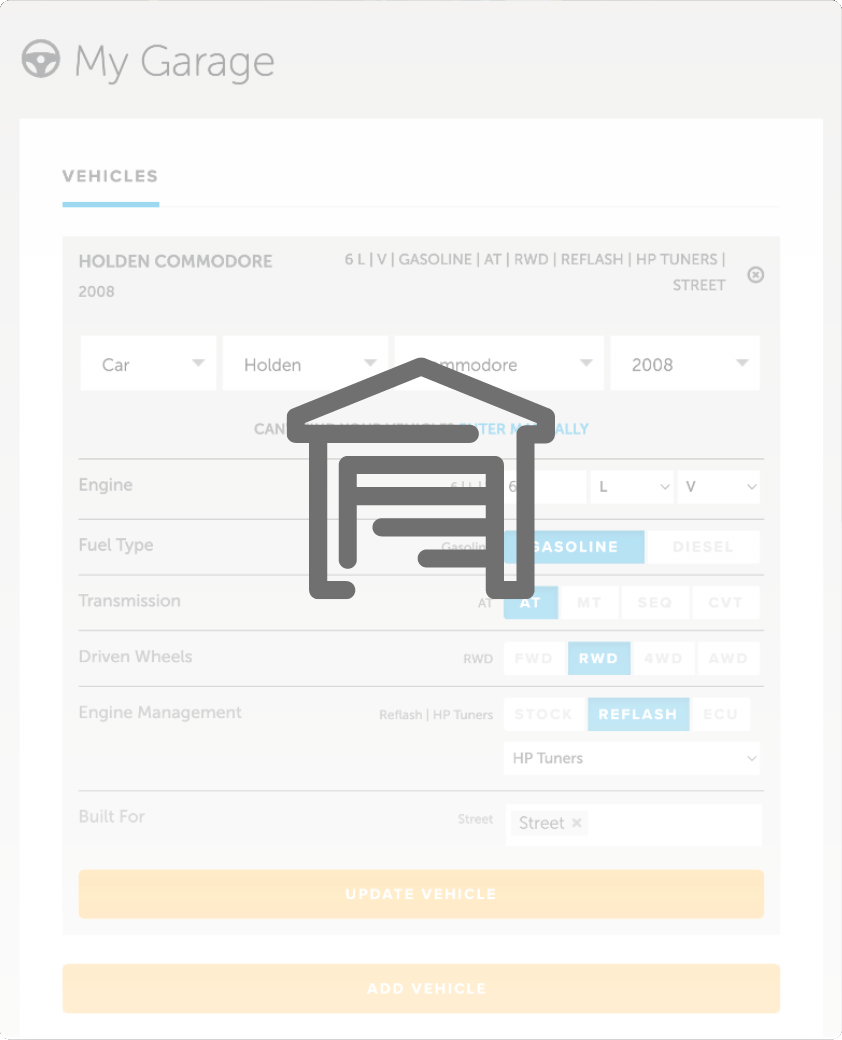Cómo hacer una superficie nivelada para la alineación de ruedas
Resumen
¿Cómo te aseguras de que la superficie esté nivelada en la pista? Si no me equivoco, debería ser esencial para una medición correcta. Tienes toda la razón, Patrick. Es fundamental que el coche esté nivelado. Hay diferentes maneras de abordar esto. Para los aficionados, si no te interesa gastar mucho dinero ni comprar muchos equipos, normalmente se trata de calzar cada esquina del coche. Pero, volviendo un poco a la pregunta de Patrick, lo que dice es que al configurar el coche, ya sea la configuración general, los pesos en las esquinas o la alineación de las ruedas, es fundamental que el coche esté sobre una superficie nivelada.
| 00:00 | - Question from Patrick Sykes, Patrick asks, how do you make sure that the surface is level when you are at the track? If my thinking is right then it should be essential for correct measurement. |
| 00:09 | Yeah you're spot on Patrick, that's exactly right. |
| 00:11 | It's really important to have the car set level. |
| 00:13 | So there are a few different approaches you can take to this. |
| 00:15 | At the more amateur end of the spectrum for most of us, if you're not interested in spending a whole lot of money, a whole lot of different gear, it's usually about shimming each corner of the car up but just to come back a little bit on Patrick's question there, what he's saying is when you're doing your car setup, whether it's in terms of setup in general or corner weights or wheel alignment, it's really important that the car is sitting on a level surface. |
| 00:36 | The vast majority of things like concrete floors whether it's in your garage, whether it's at the track, they're almost never level and it's usually by design to help water drain off them properly. |
| 00:46 | You want to have a good level of drainage, so that means there's usually some sort of slope built into the surface. |
| 00:51 | So what I mean by packing up each corner of the car is a really cheap way to do it is just with, you can buy little thin flooring tiles which will be something we actually go through in the course itself. |
| 01:03 | Is an example of using little vinyl tiles to shim each corner of the car up, such that you've got a fake level surface so you can set the car level and do all of your wheel alignment changes. |
| 01:14 | So the idea here is that you're making an artificial flat floor for the car to sit level. |
| 01:20 | Obviously if there's any slope on the car or the car's not sitting level, you're going to get bad measurement, certainly in terms of camber and if it's bad enough, it'll start affecting other measurements as well so it's really important the car's level. |
| 01:29 | At the more professional end of the spectrum, or if you're interested in spending a little bit more money on equipment, what we usually do is have adjustable height platforms so where the car sits on its scales or on its pads, each corner of the car has an individual platform that we can change both the, change the angle of it and also change the height of it as well so you set all of those equal and then you've got a nice flat surface regardless of how bad the surface you're working on is. |
| 01:55 | That question was taken from one of our free live lessons. |
| 01:58 | If you like free stuff and you want to expand your knowledge, click the link in the description to claim your free spot to our next live lesson. |
| 02:05 | You'll learn about optimising the performance and handling of your car on the racetrack as well as improving your skills behind the wheel. |
| 02:12 | Plus, you'll have the chance to ask your own questions which we'll be answering live. |





